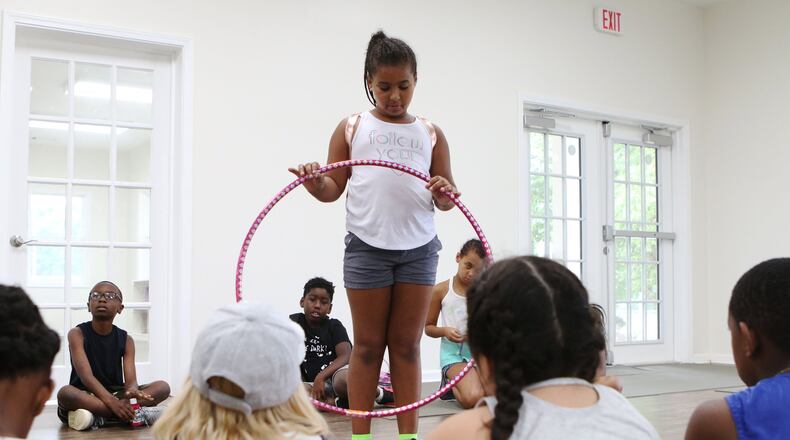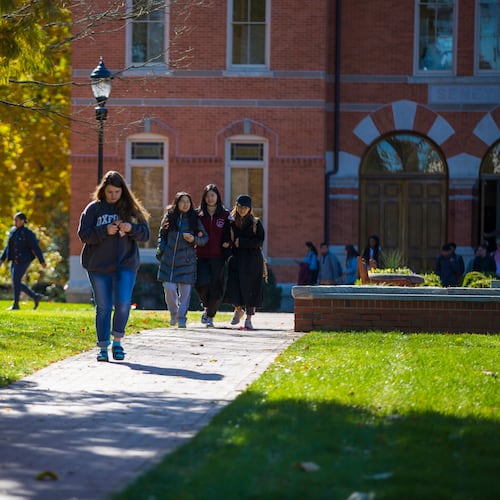A former public-school teacher now working in a private school was asked about the difference in public and private school students. She said the kids were exactly the same. What changed everything, she said, was instructing 14 of them in a private school classroom, compared to 35 in a public school.
A former counselor who left a public elementary school for a small private one said that in the public school where she was the lone guidance counselor, she knew the names of most students. In the boutique private school where she was a dean, she knew all the students’ names, and often those of their younger siblings and pets.
Small classes — and smaller schools — allow educators to develop closer relationships with students, and such relationships are increasingly regarded as the key to academic success for at-risk kids. A national movement is underway to offer social and emotional learning, or SEL, which entails teaching kids to understand and manage emotions, set and achieve goals, feel and show empathy for others, establish and maintain positive relationships, and make responsible decisions.
Historically, we expected parents and families to provide the emotional sustenance vital to raise happy and productive children. Now, the responsibility is landing on the teacher’s desk. Schools become a safety valve when community mental health programs are slashed and families are dropped from insurance rolls.
Schools, including most in metro Atlanta, have responded with new programs structured around social-emotional skills. But are teachers equipped for teaching children not only how to read, add and subtract, but relate to their peers in healthy ways and develop self-control?
Many American children experience trauma related to household poverty and addictions. They and their families often need interventions well beyond what a school with a part-time nurse and overwhelmed counselor can provide. The American School Counselor Association recommends one school counselor for every 250 students. The average ratio in Georgia is one to 450.
When the Education Week Research Center asked teachers about social and emotional learning, 78% agreed it’s part of their job to help students develop strong social and emotional skills. But 43% also said they had difficulty “finding ways to help students who appear to be struggling with problems outside of school.” And 23% said what was most challenging was “finding ways to help students who appear to be experiencing emotional or psychological distress.” Less than 40% of teachers aid they received training in conflict de-escalation or child trauma. Fewer than three in 10 teachers report receiving mental health training.
Stephen Pruitt, the former Kentucky state commissioner of education now leading the Southern Regional Education Board, said schools must free counselors from other tasks, including serving as test coordinators, to spend more time talking with kids. Teachers must also be trained to recognize warning signs in their students, he said. And schools have to vow that students won’t wander through classrooms and hallways unseen and unheard.
“I think every kid should have their name mentioned seven times a day by some adult in some school building,” he said. “When I taught, I stood by my door and tried to call every name and made sure I spoke to every kid.”
About the Author
Keep Reading
The Latest
Featured



